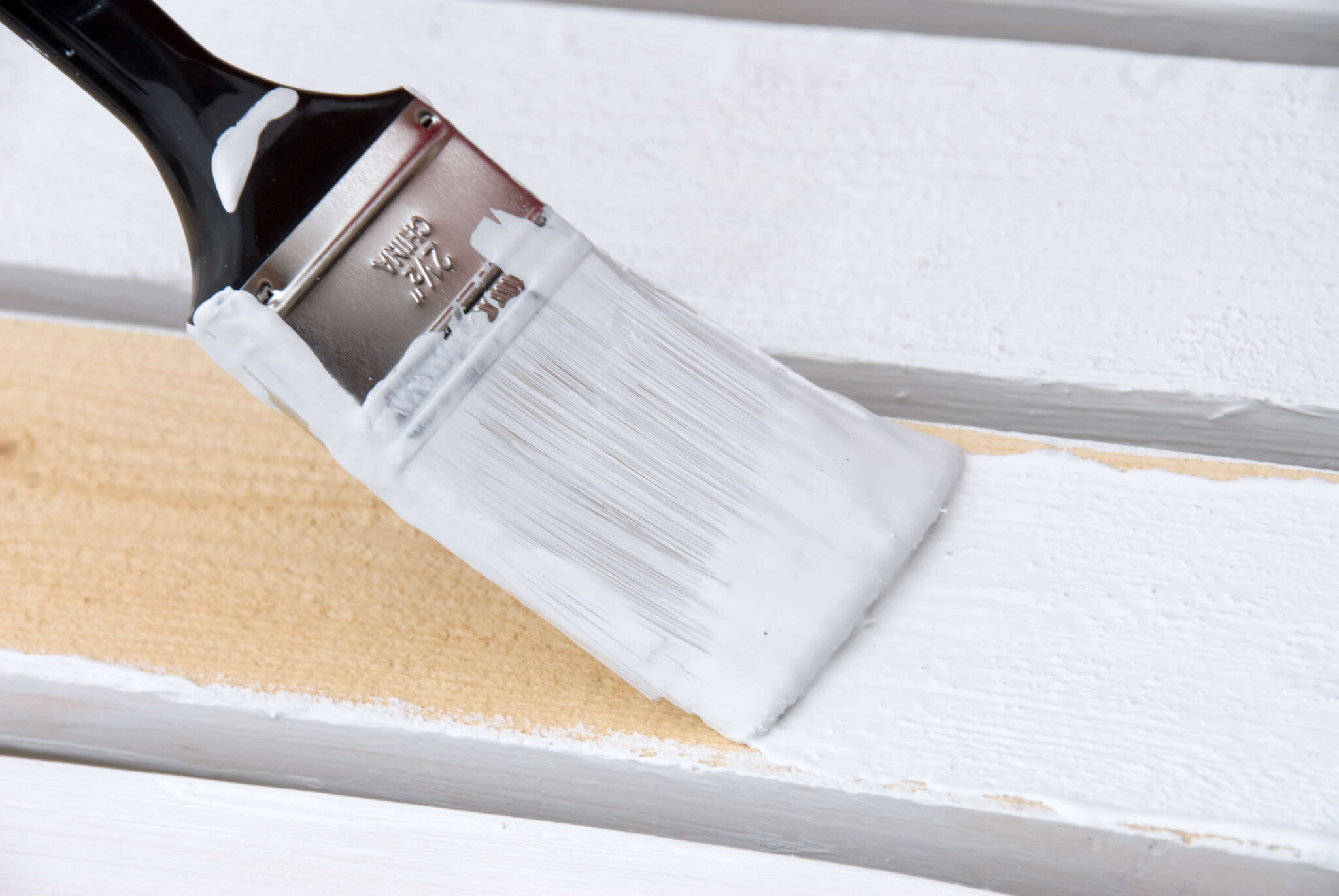

Articles
How Often To Paint Wood Siding
Modified: January 7, 2024
Discover the best articles on how often to paint wood siding. Get expert tips and guidance on maintaining the longevity of your wood siding with regular painting.
(Many of the links in this article redirect to a specific reviewed product. Your purchase of these products through affiliate links helps to generate commission for Storables.com, at no extra cost. Learn more)
Introduction
Wood siding is a popular choice for many homeowners due to its natural beauty and durability. However, like any exterior material, wood siding requires regular maintenance to keep it looking its best. One essential aspect of wood siding maintenance is painting or staining, which not only enhances its appearance but also protects it from weathering and decay.
One common question that homeowners often ask is how often they should repaint their wood siding. The frequency of repainting can vary depending on several factors, including climate, quality of paint, and the level of maintenance. In this article, we will explore these factors and provide some general recommendations to help you determine how often to paint your wood siding.
Key Takeaways:
- Regular maintenance, high-quality paint, and climate considerations are key to determining how often to repaint wood siding. Look for signs like fading, peeling, and mold growth to know when it’s time for a fresh coat.
- Following general recommendations, such as proper surface preparation and multiple thin coats, can result in a long-lasting and visually appealing wood siding paint job. Consider consulting professionals for personalized advice based on your specific needs.
Read more: How To Paint Wood Siding
Factors to Consider When Deciding How Often to Paint Wood Siding
When determining how often to paint your wood siding, it is important to consider several factors that can affect the durability and appearance of the paint job. Here are some key factors to keep in mind:
- Climate and Weather Conditions: The climate in which you live plays a significant role in how often you will need to repaint your wood siding. If you reside in an area with extreme weather conditions, such as frequent rain, snow, or intense sunlight, the paint may deteriorate more quickly. Additionally, if you live in a region with high humidity, mold and mildew growth can impact the longevity of your paint job.
- Quality and Type of Paint: The quality and type of paint you use can greatly impact how long it will last. High-quality paint formulated for exterior use tends to have better adhesion and resistance to fading and cracking. Additionally, using paint with a higher level of UV protection can help prevent color fading caused by the sun’s rays.
- Wood Siding Maintenance: Regular maintenance of your wood siding can extend the lifespan of your paint job. This includes cleaning the surface, removing any mold or mildew, and repairing any cracks or damage. Neglecting regular maintenance can lead to premature paint failure and the need for more frequent repainting.
By considering these factors, you can make a more informed decision about how often to repaint your wood siding. However, there are certain indications that can help you determine when it’s time to give your wood siding a fresh coat of paint.
Climate and Weather Conditions
The climate and weather conditions in your area are important factors to consider when deciding how often to paint your wood siding. Different weather patterns can have a significant impact on the durability and longevity of the paint job. Here are some specific climate and weather conditions to keep in mind:
Extreme Weather: If you live in an area that experiences frequent and severe weather conditions, such as heavy rainfall, snowstorms, or intense sunlight, your wood siding may require more frequent repainting. These extreme weather events can cause the paint to deteriorate more rapidly, leading to fading, peeling, and cracking.
Humidity and Moisture: High humidity levels and excessive moisture can pose challenges to maintaining a long-lasting paint job. Moisture can seep into the wood, causing it to swell and contract, which can lead to paint cracking and peeling. Additionally, areas with high humidity are more prone to mold and mildew growth, which can also damage the paint and require more frequent repainting.
UV Exposure: The sun’s powerful UV rays can cause significant damage to wood siding over time. Prolonged exposure to sunlight can fade the color of the paint, causing it to appear dull and worn. In areas with intense sunlight, it is essential to choose a high-quality paint that offers UV protection to minimize color fading and extend the life of the paint job.
Understanding your local climate and weather conditions can help you determine how often you should repaint your wood siding. If you live in an area with more extreme weather conditions or high humidity levels, you may need to repaint your wood siding more frequently to maintain its appearance and protect it from damage.
Quality and Type of Paint
The quality and type of paint you use on your wood siding can have a significant impact on its longevity and how often it needs to be repainted. Investing in high-quality paint and choosing the right type for your specific needs can save you time, money, and effort in the long run. Here are some factors to consider when it comes to the quality and type of paint for your wood siding:
Brand and Reputation: Not all paint brands are created equal. It is important to choose a reputable brand known for its quality and durability. Look for brands that have a proven track record in the industry and provide paints specifically formulated for exterior use.
Composition: The composition of the paint plays a crucial role in its performance. Opt for paints that contain high-quality resins and pigments, as these ingredients contribute to better adhesion, color retention, and resistance to cracking and peeling. Acrylic-based paints are commonly recommended for wood siding due to their durability and flexibility.
UV Protection: The sun’s UV rays can cause color fading and damage to the paint. Look for paint that offers UV protection to slow down the fading process and help maintain the vibrant appearance of your wood siding.
Semi-Transparent vs. Solid Stain: If you prefer to showcase the natural wood grain of your siding, you may opt for a semi-transparent stain rather than traditional paint. Semi-transparent stains provide a protective barrier while allowing the texture and grain of the wood to show through. However, keep in mind that stains generally require more frequent reapplication compared to paint.
Consultation with Professionals: When in doubt about the best paint choice for your wood siding, consider consulting with a professional painter or a knowledgeable paint supplier. They can assess your specific needs and recommend the most suitable paint options based on your climate, wood type, and desired aesthetic.
Investing in high-quality paint and selecting the right type for your wood siding can significantly extend the lifespan of your paint job. While quality paints may have a higher upfront cost, they tend to have better coverage, adhesion, and durability, resulting in fewer repainting cycles in the long term.
It is recommended to repaint wood siding every 3-7 years to maintain its appearance and protect it from the elements. However, the frequency may vary based on the type of paint used and the climate in your area.
Wood Siding Maintenance
Maintaining your wood siding properly is essential for preserving its appearance and extending the lifespan of the paint job. Regular upkeep can help prevent premature paint failure and minimize the frequency of repainting. Here are some maintenance practices to consider:
Cleaning: Regularly clean your wood siding to remove dirt, debris, and mildew. Use a soft brush or cloth and a mild detergent or cleaning solution to gently scrub the surface. Avoid using harsh chemicals or abrasive tools that can damage the wood or paint.
Mold and Mildew Removal: Mold and mildew can thrive in damp and shaded areas, leading to unsightly stains and potential damage to the wood and paint. Use a mixture of water and vinegar or a commercial mold and mildew cleaner to remove any growth. Scrub the affected area gently and rinse thoroughly.
Inspect and Repair: Regularly inspect your wood siding for any signs of damage or decay, such as cracks, splits, or rot. Address these issues promptly by repairing or replacing damaged sections. Repairing any structural problems will not only improve the overall integrity of your siding but also prevent moisture from seeping in and compromising the paint job.
Sealing and Waterproofing: Applying a protective sealant or waterproofing treatment to your wood siding can help protect it from moisture, UV rays, and other environmental factors. This extra layer of protection can extend the life of the paint job and reduce the need for frequent repainting.
Regular Inspections: Periodically inspect your wood siding for any signs of paint damage, such as peeling, cracking, or fading. Catching these issues early allows you to address them before they escalate, ensuring that your paint job remains in good condition for as long as possible.
By implementing these maintenance practices, you can significantly extend the lifespan of your wood siding and reduce the frequency of repainting. When combined with proper climate considerations and high-quality paint, regular maintenance will help your wood siding stay vibrant and protected for years to come.
Read more: How To Remove Old Paint From Wood Siding
Signs That Indicate It’s Time to Repaint Wood Siding
While there is no hard and fast rule for how often to repaint your wood siding, certain signs can indicate that it’s time for a fresh coat of paint. Paying attention to these signs will help you maintain the appearance and protection of your wood siding. Here are some key indicators that it’s time to repaint:
Paint Fading: One of the most noticeable signs that it’s time to repaint your wood siding is when the paint color starts to fade significantly. Fading occurs due to prolonged exposure to UV rays, and it can make your siding appear dull and worn out. Repainting will restore the vibrant color and boost the curb appeal of your home.
Peeling or Cracking Paint: If you notice areas where the paint is peeling or cracking, it’s a clear indication that the paint is no longer providing adequate protection. These areas leave the underlying wood exposed to moisture, which can lead to rot and other damage. Repainting will ensure that your wood siding remains shielded from the elements.
Water Damage or Rot: Water damage, such as rot or decay, is a serious issue that requires immediate attention. If you notice any soft or spongy areas on your wood siding, it’s a sign that moisture has permeated the wood. Properly addressing the water damage and repainting the affected areas will help prevent further deterioration and protect your siding from future damage.
Mold or Mildew Growth: Mold and mildew growth not only detract from the appearance of your siding but can also cause health issues. If you observe any mold or mildew on your wood siding, it’s essential to treat the affected areas and repaint to prevent the growth from spreading and compromising the integrity of the paint job.
Deteriorating Caulking or Sealant: The caulking or sealant around windows, doors, and other joints on your wood siding plays a crucial role in preventing moisture infiltration. If you notice any cracking, peeling, or aging caulking, it’s a sign that it needs to be replaced and the area should be repainted to ensure proper protection against water damage.
Aesthetically Unappealing: Sometimes, it may simply be a matter of wanting to refresh the look of your home. If you find that your wood siding is looking worn, outdated, or no longer aligns with your style preferences, repainting can give your home a fresh and updated appearance.
It’s important to address these signs promptly to avoid more significant issues and costs down the road. By regularly inspecting your wood siding for these signs and repainting as needed, you can maintain its beauty and protect your investment in the long term.
General Recommendations for Repainting Wood Siding
When it comes to repainting your wood siding, following some general recommendations can help ensure a successful and long-lasting paint job. Keep these tips in mind as you plan your repainting project:
Clean and Prepare the Surface: Before applying new paint, thoroughly clean the wood siding to remove dirt, debris, and any loose or peeling paint. Use a pressure washer or a scrub brush and mild detergent to clean the surface. Allow the siding to dry completely before proceeding with the paint application.
Make Necessary Repairs: Inspect the wood siding for any signs of damage, such as cracks, rot, or loose boards. Repair or replace any damaged sections before painting to create a smooth and stable surface.
Choose High-Quality Paint and Primer: Select a high-quality exterior paint that is specifically designed for wood siding. Look for paint that offers good adhesion, durability, and UV protection. Additionally, apply a primer before painting to improve adhesion and ensure an even and long-lasting finish.
Consider the Weather: Choose a time to repaint when the weather conditions are favorable. Avoid painting during extreme temperatures, high humidity, or when rain or snow is expected. Ideal conditions usually include mild temperatures, low humidity, and a few consecutive dry days to allow for proper drying.
Apply Multiple Coats: For optimal coverage and protection, apply multiple thin coats of paint rather than one thick coat. This ensures better adhesion and a more even appearance. Allow each coat to dry thoroughly before applying the next.
Use Proper Painting Techniques: Use a high-quality paintbrush or paint roller to apply the paint. Make sure to follow proper techniques, such as painting in long, even strokes and overlapping the edges for a seamless finish. Take your time and pay attention to detail for the best results.
Regularly Maintain and Inspect: Once you have repainted your wood siding, establish a regular maintenance routine. This includes periodic cleaning, inspecting for signs of damage or wear, and addressing any issues promptly to prolong the life of your paint job.
Following these general recommendations will help you achieve a professional-looking paint job and maintain the beauty and protection of your wood siding. By investing time and effort into proper preparation and application, you can enjoy a fresh and vibrant exterior that enhances the overall appearance of your home.
Conclusion
Repainting wood siding is an important part of its maintenance and upkeep, ensuring its durability and aesthetic appeal. While the frequency of repainting can vary depending on various factors, including climate, quality of paint, and maintenance practices, there are general guidelines that can help you determine when it’s time to give your wood siding a fresh coat. By paying attention to signs such as fading, peeling, cracking, water damage, mold growth, and the overall appearance of your siding, you can identify when repainting is necessary.
When repainting, it is crucial to consider the climate and weather conditions in your area, as well as the type and quality of paint you use. Choosing a high-quality paint that offers durability, UV protection, and proper adhesion to wood siding will result in a longer-lasting and more visually appealing finish. Additionally, regular maintenance, including cleaning, mold removal, and proactive repairs, can help extend the lifespan of the paint job and reduce the need for frequent repainting.
Taking the time to properly prepare the surface, make necessary repairs, and apply multiple coats of paint using the right techniques will contribute to a successful paint job. It is also essential to choose an appropriate time to repaint, considering weather conditions and allowing for sufficient drying time. By following these general recommendations and establishing a maintenance routine, you can enjoy a beautiful and well-protected wood siding for years to come.
Remember, every wood siding is unique, and the frequency of repainting may vary based on personal preferences and specific circumstances. It is always a good idea to consult with professionals, such as painters or paint suppliers, who can provide personalized advice based on your specific needs and requirements.
By understanding the factors involved and being proactive in maintaining your wood siding, you can keep it looking fresh, vibrant, and protected from the elements, while enhancing the overall curb appeal of your home.
Frequently Asked Questions about How Often To Paint Wood Siding
Was this page helpful?
At Storables.com, we guarantee accurate and reliable information. Our content, validated by Expert Board Contributors, is crafted following stringent Editorial Policies. We're committed to providing you with well-researched, expert-backed insights for all your informational needs.
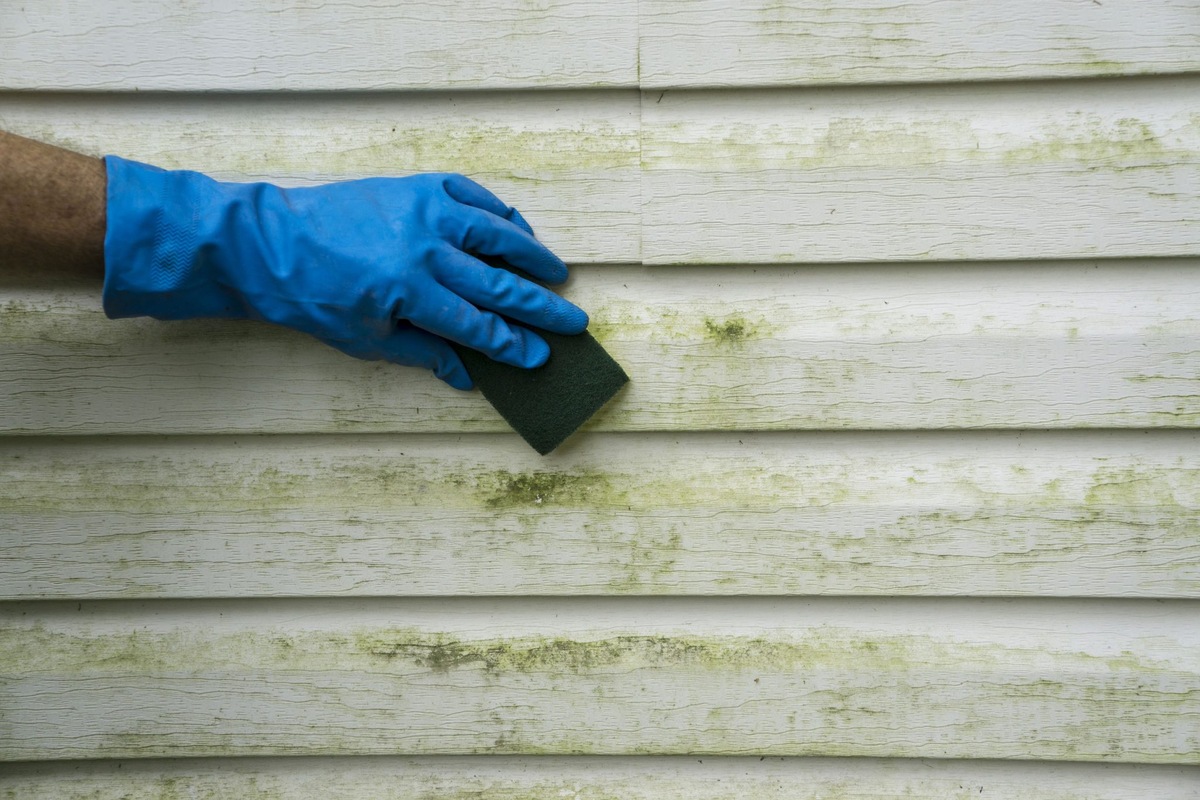
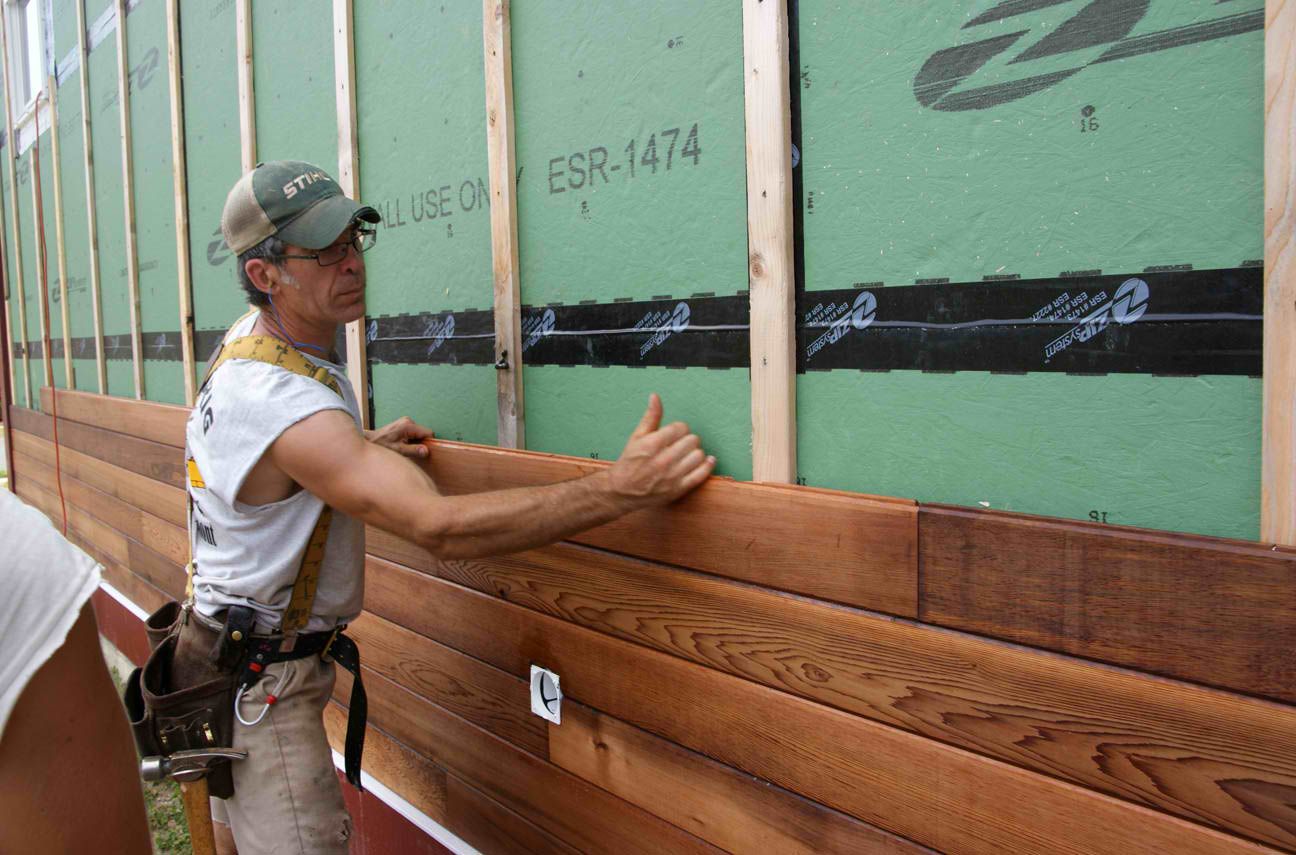
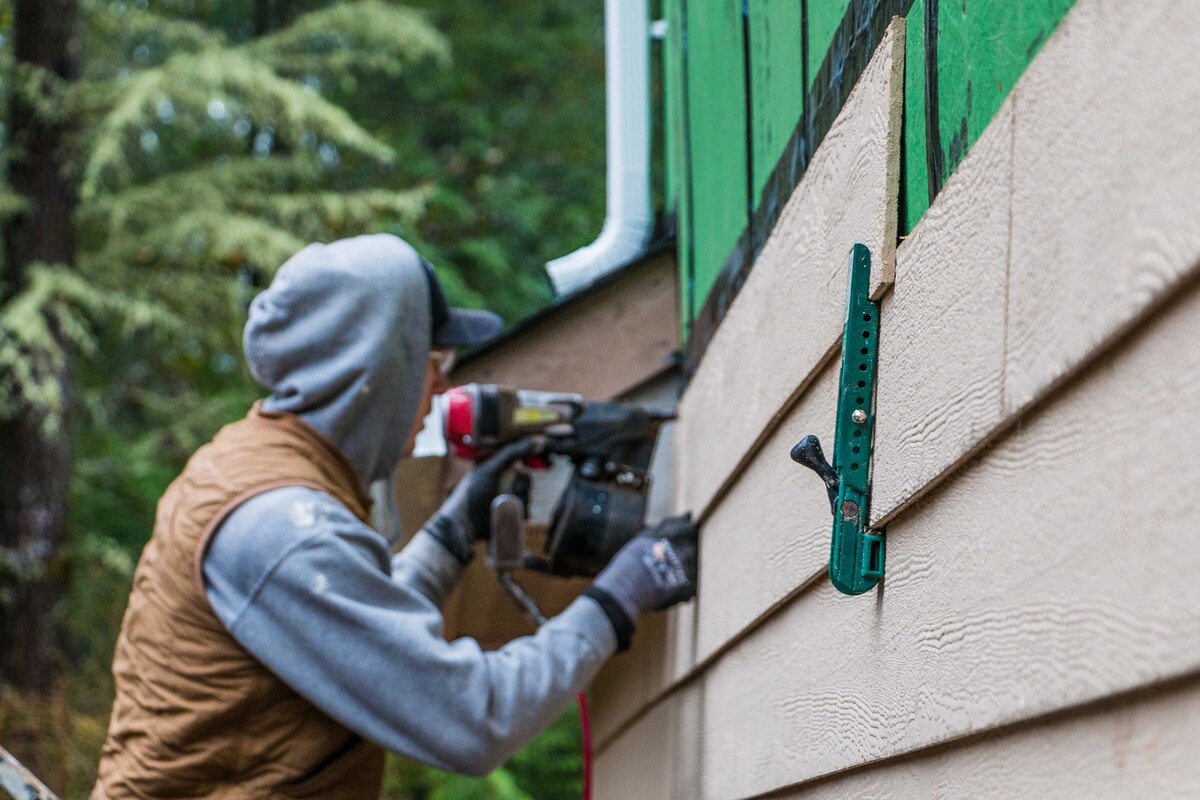
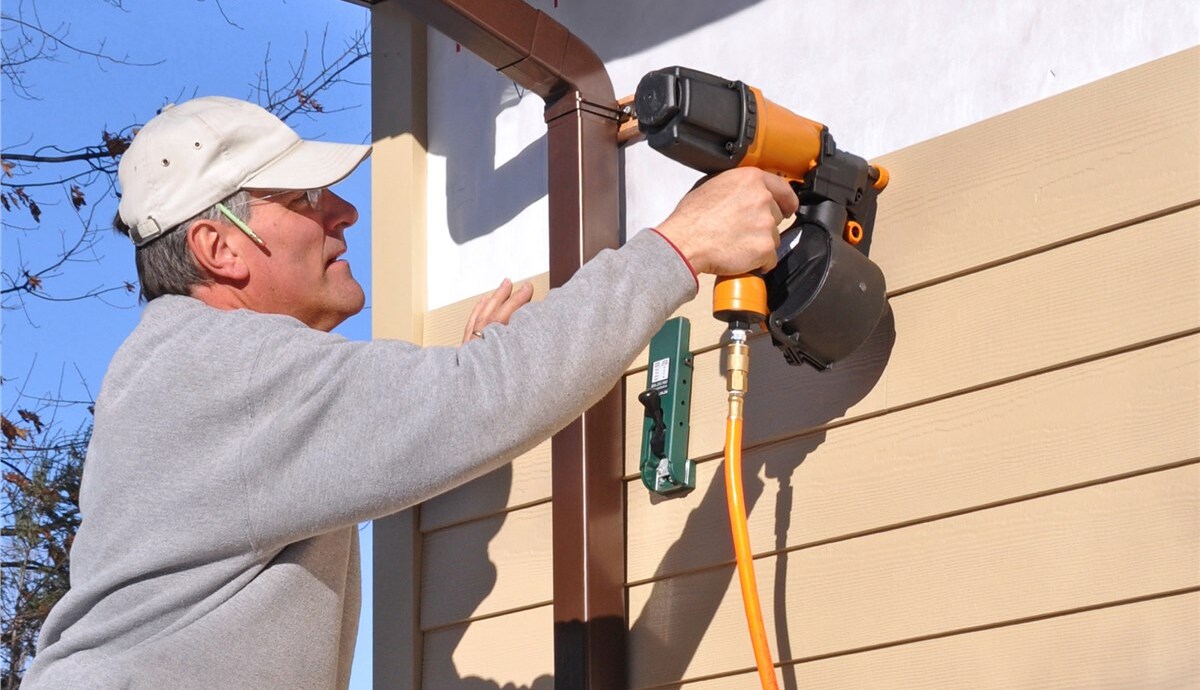
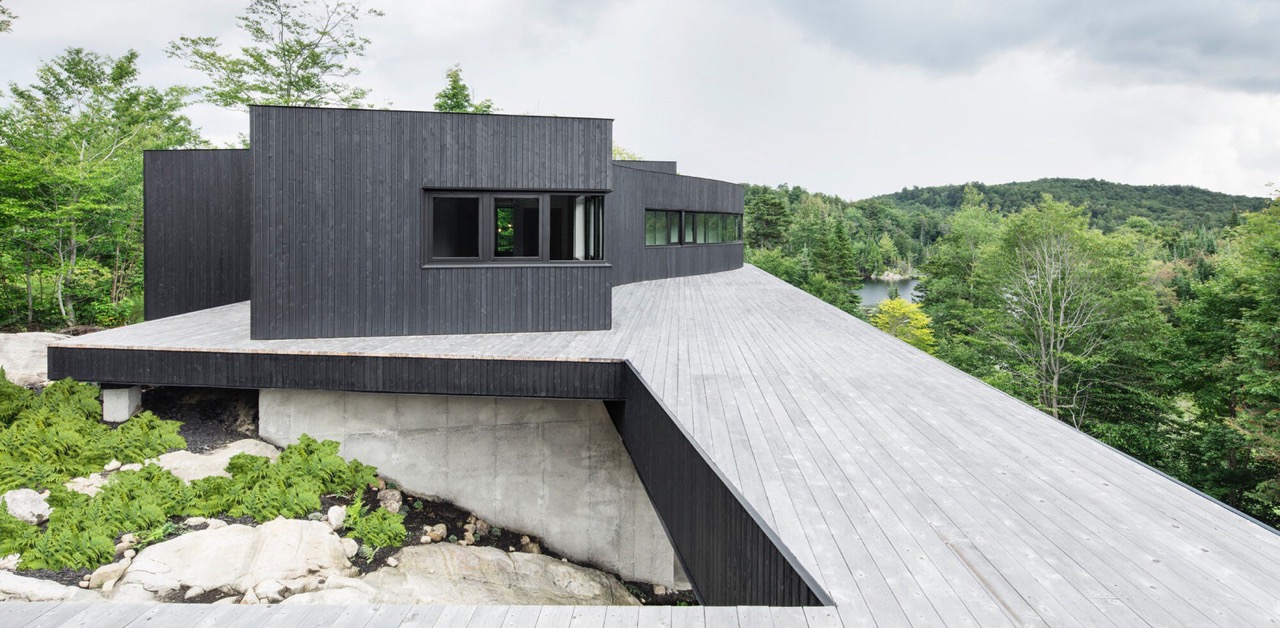
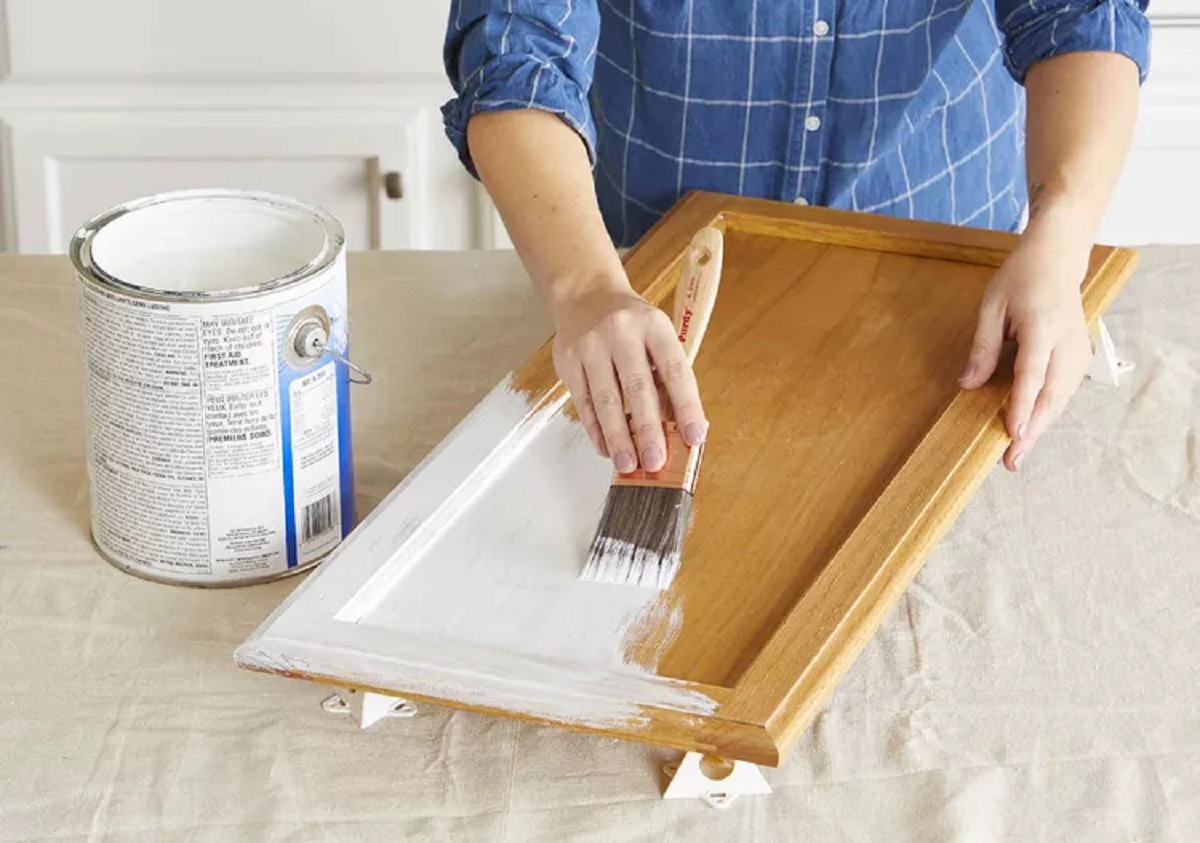
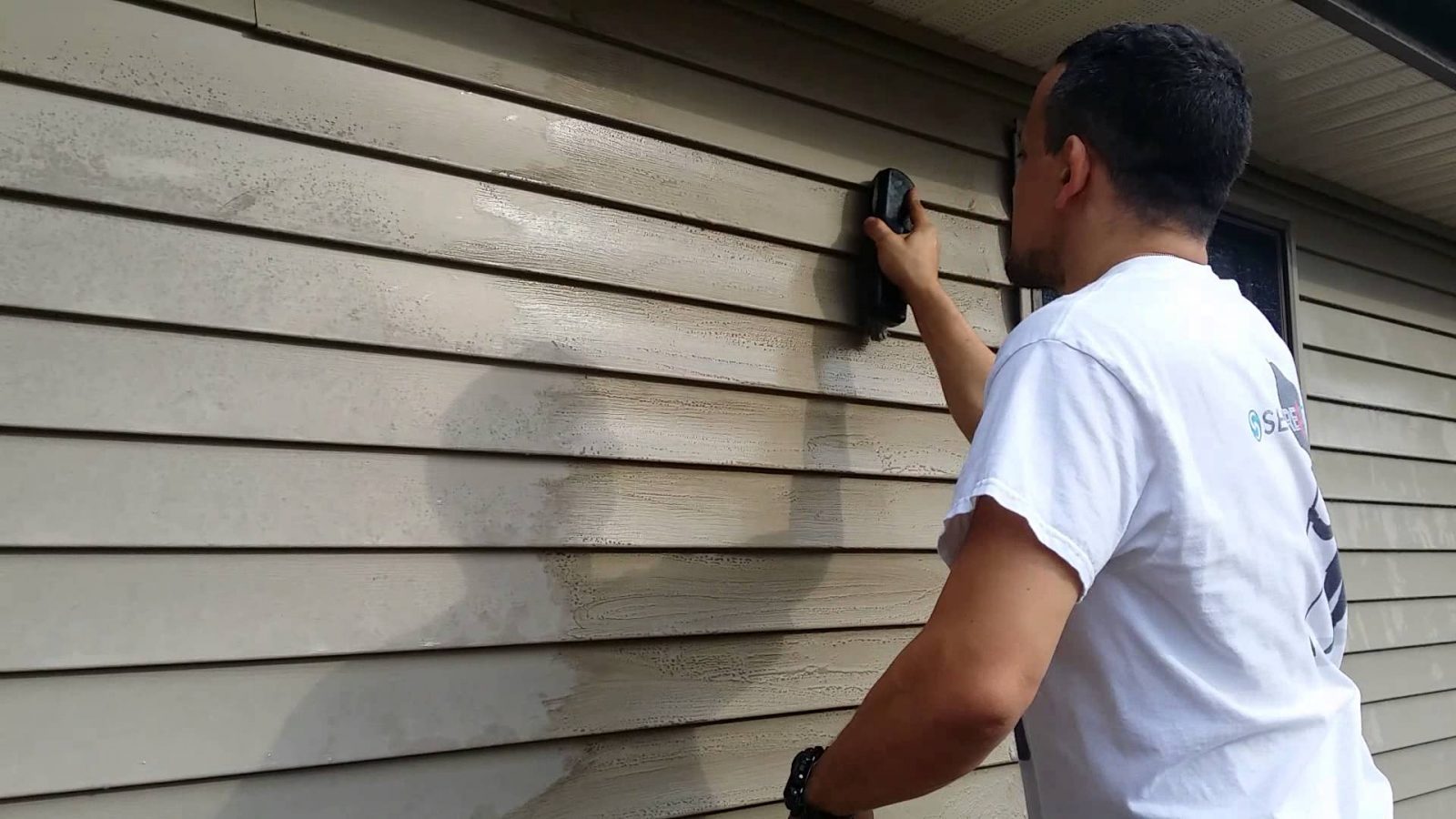
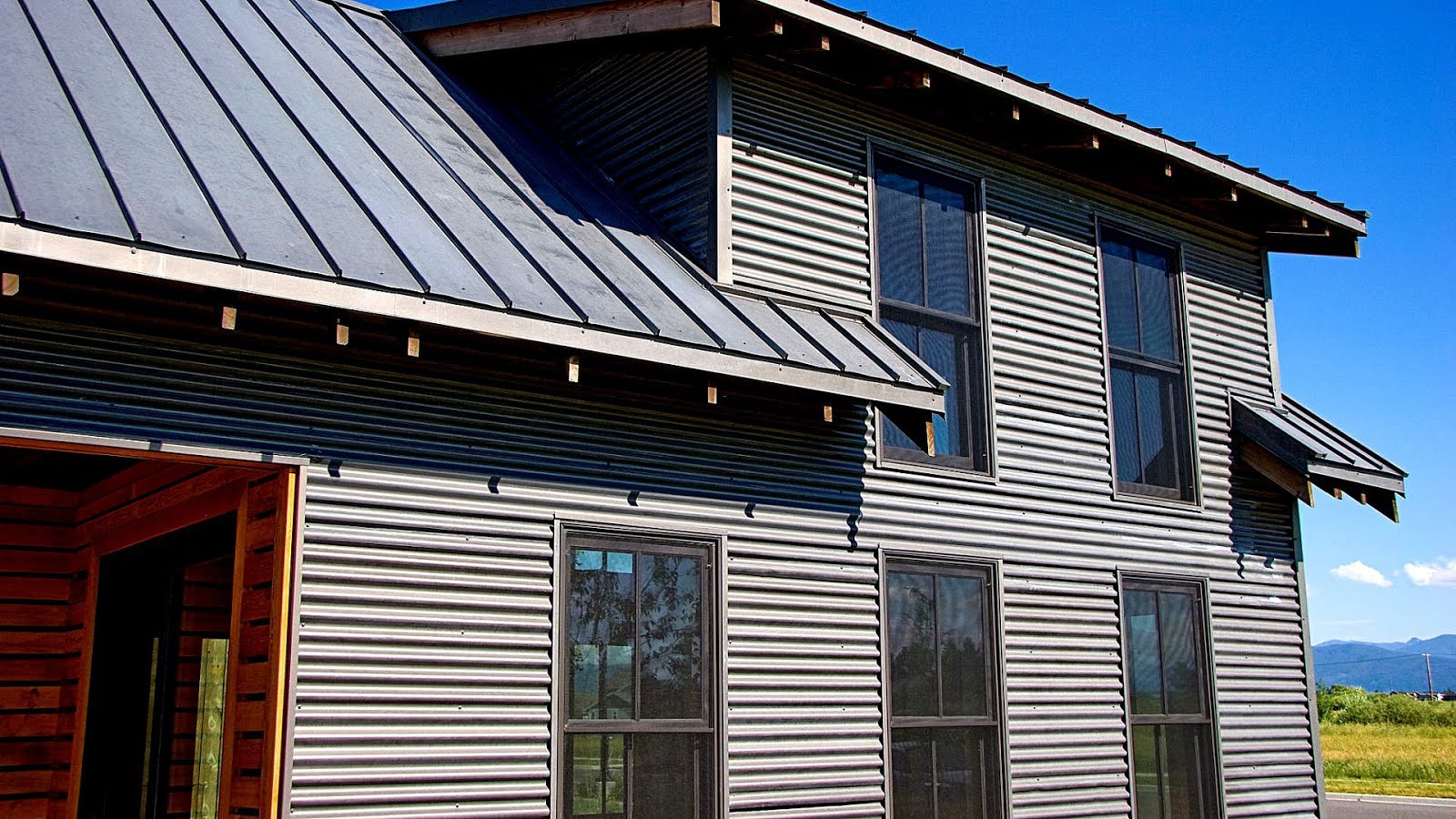
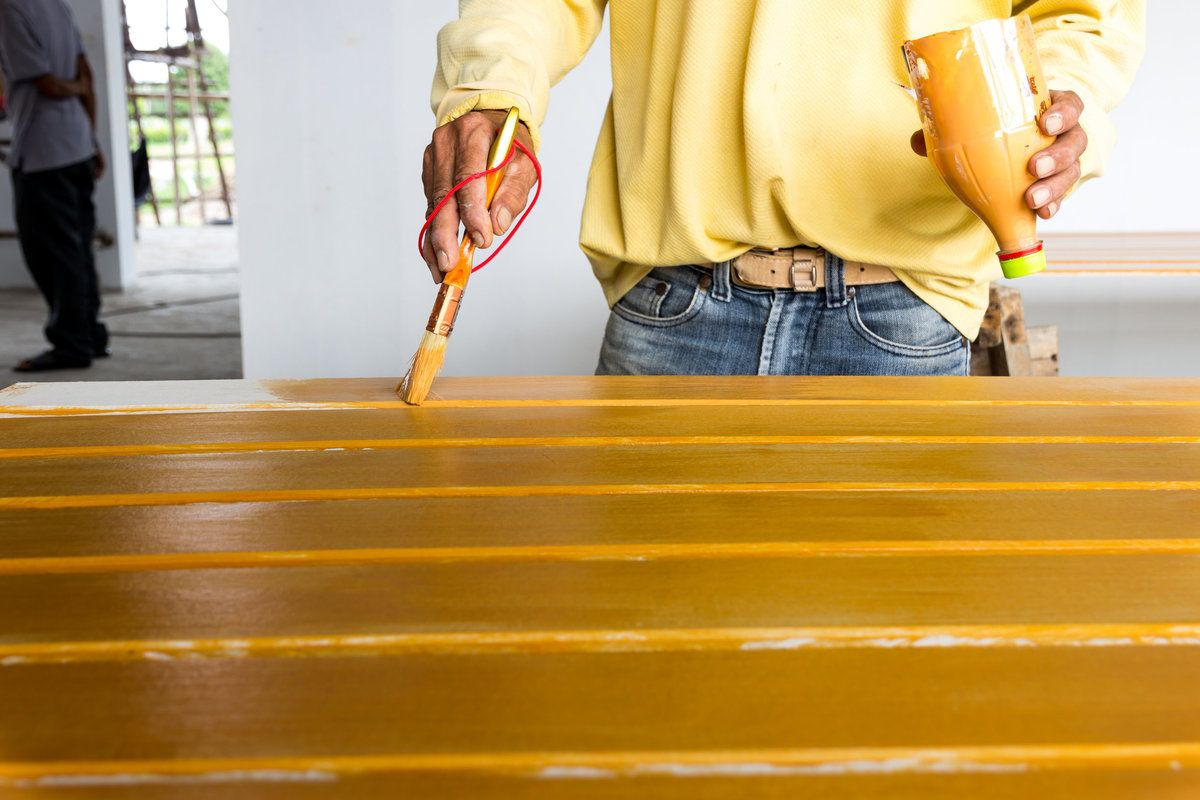
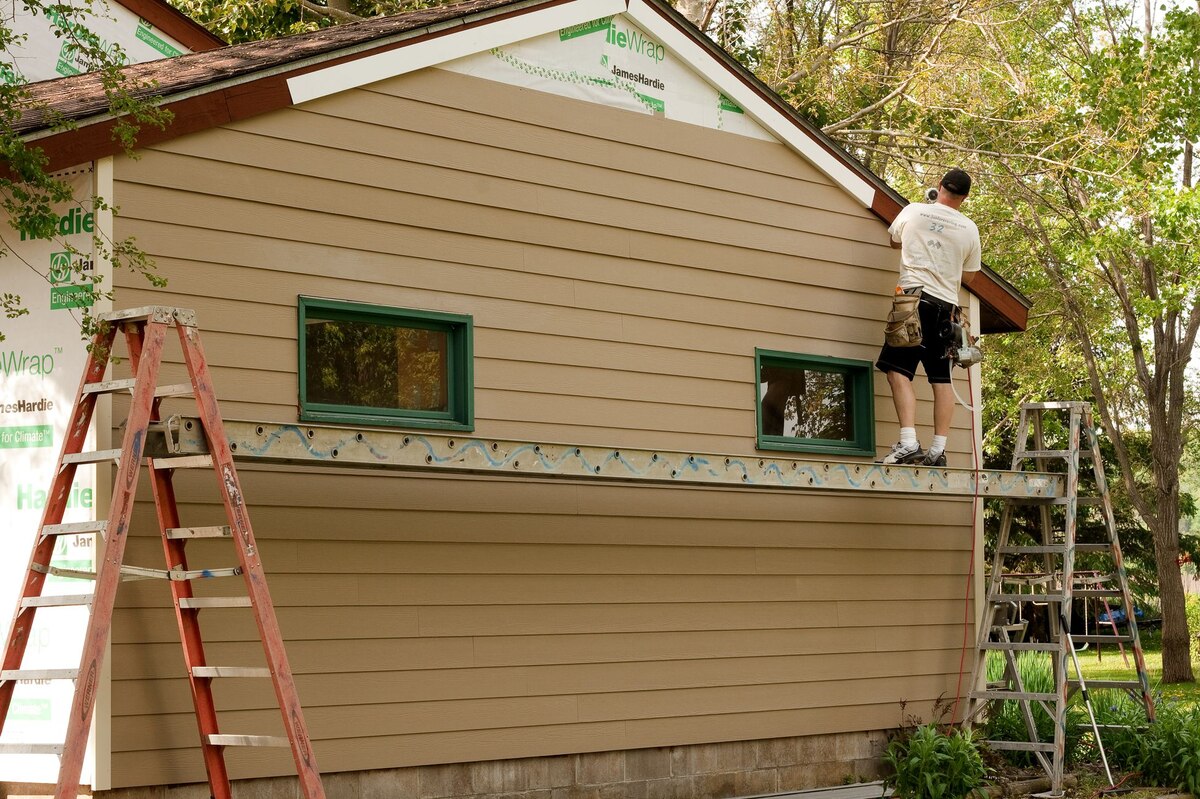
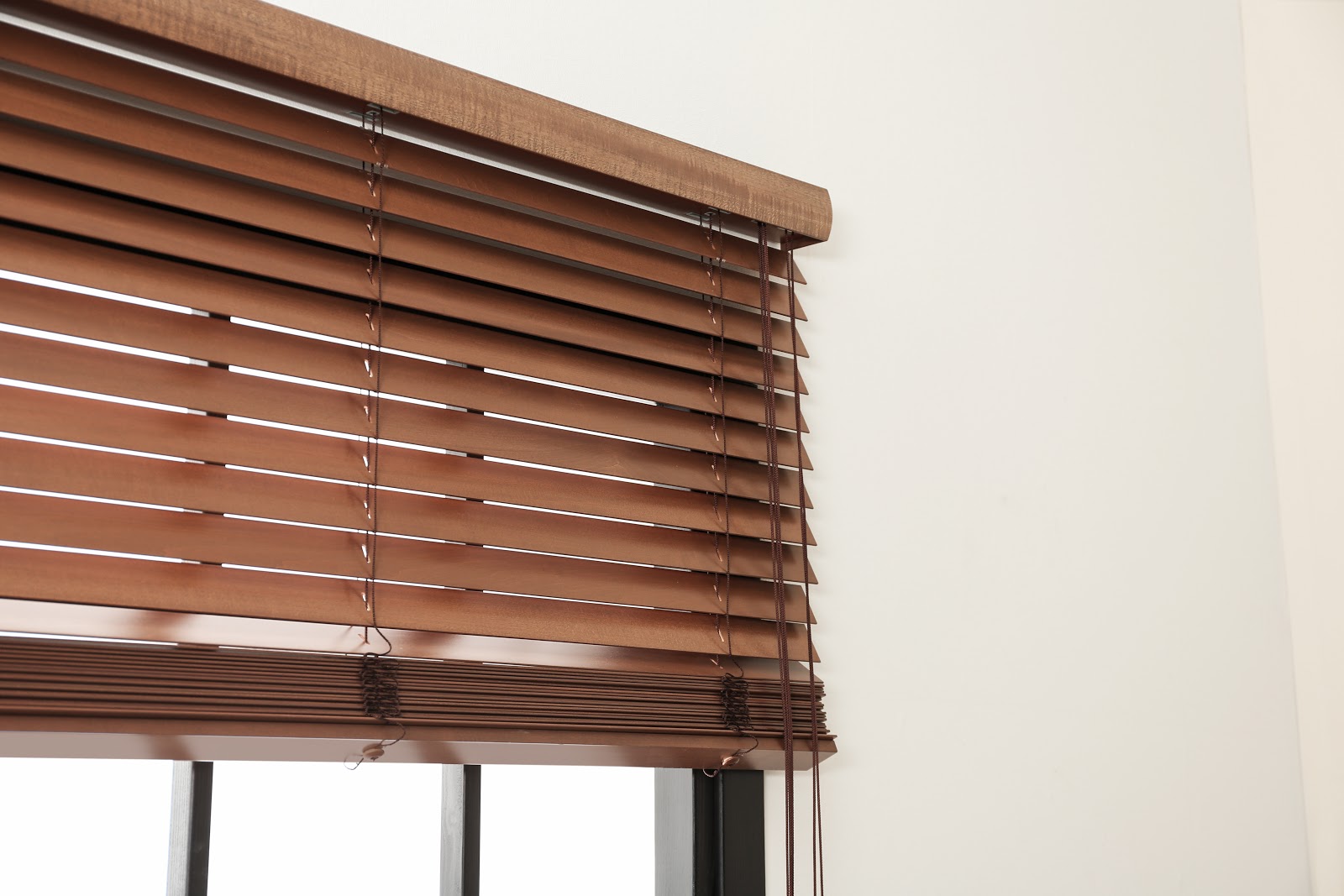
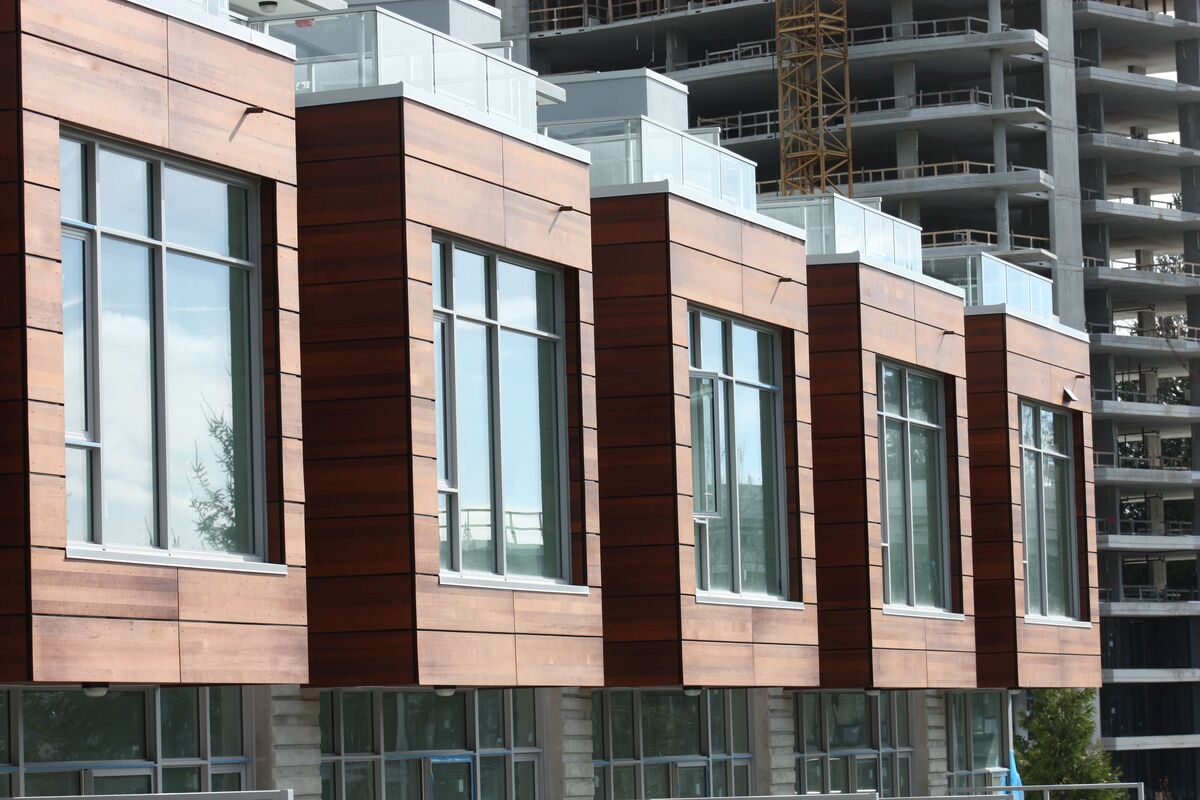
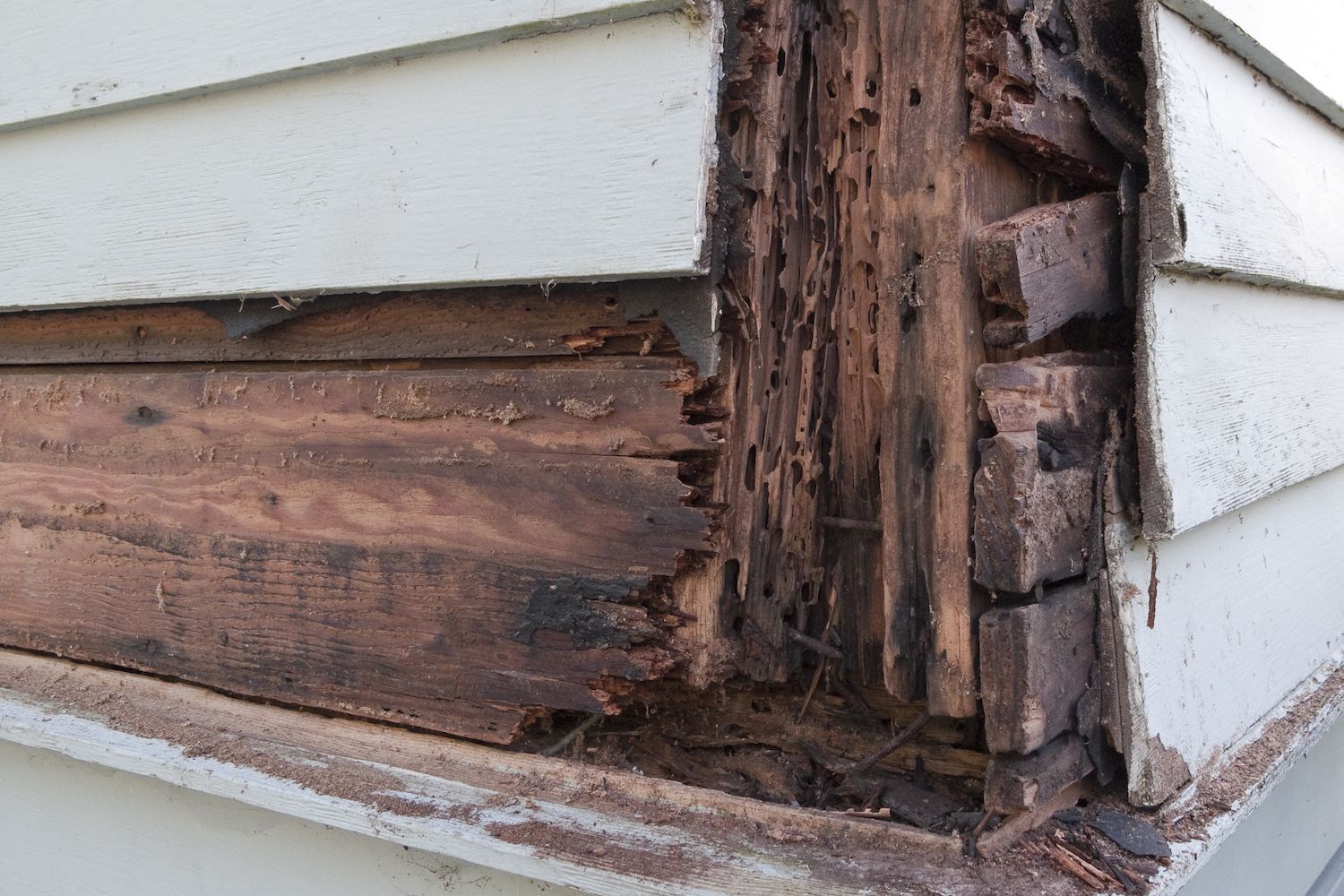
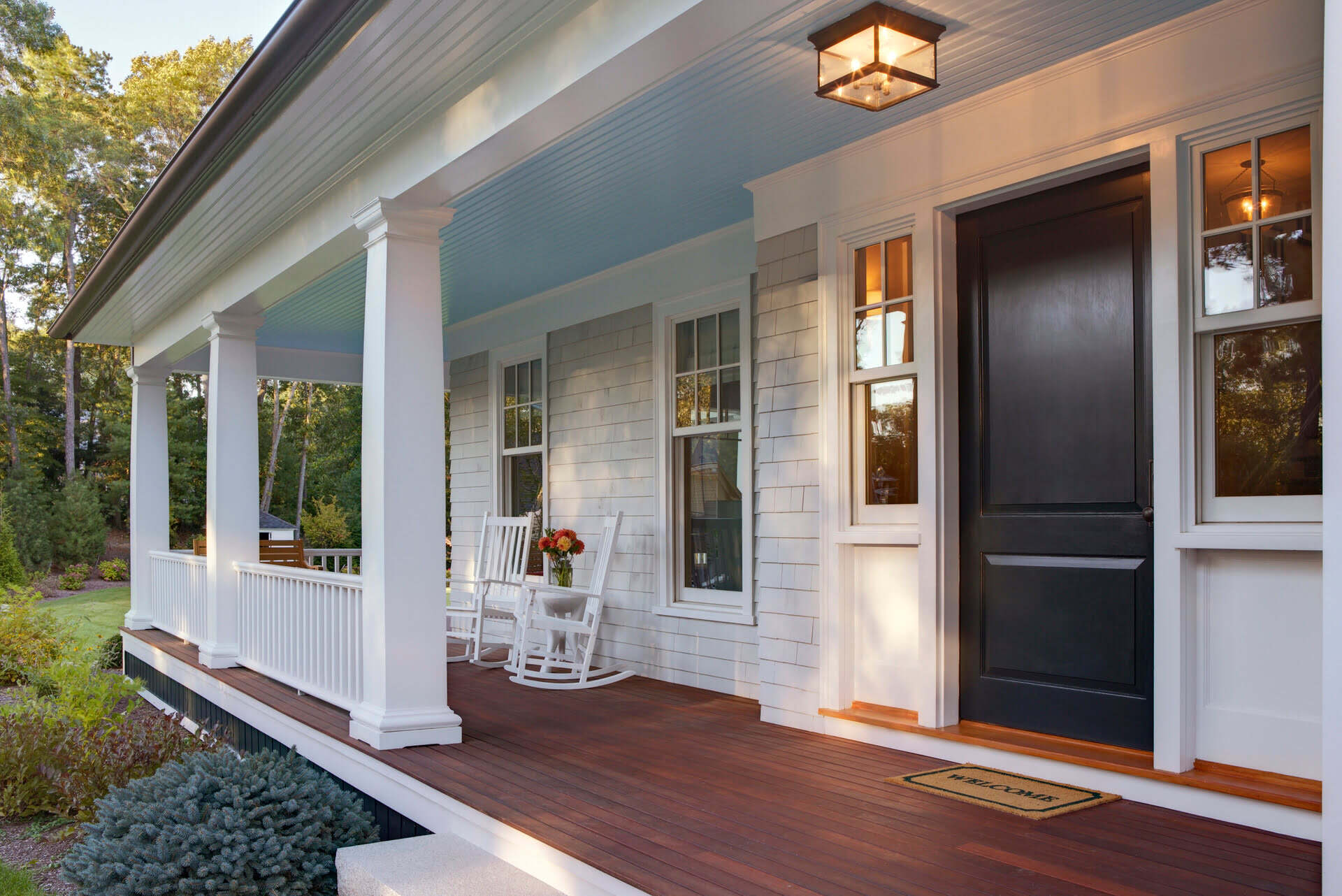

0 thoughts on “How Often To Paint Wood Siding”